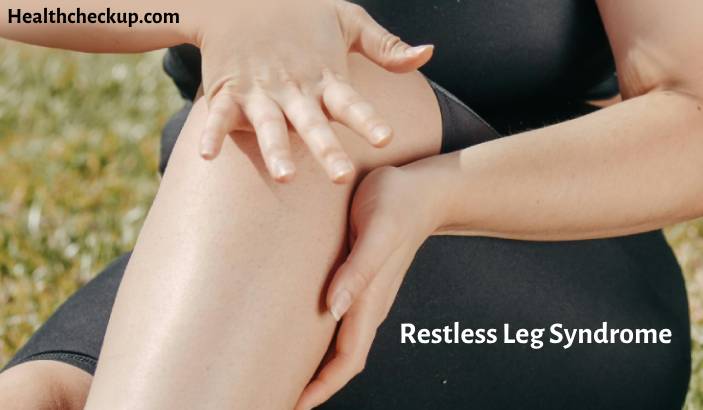Just as you’re about to fall asleep, this urge to constantly move your legs strikes. Restless leg syndrome is a condition that can keep you up at night, interfere with your sleep, and even affect your quality of life. Let’s take a closer look at what restless leg syndrome is, the symptoms it causes, why it develops, and what you can do about it.
What is Restless Leg Syndrome
Restless leg syndrome is considered a neurological condition. Different studies have looked at the potential prevalence, with some reporting that up to 14.3% of people may be affected.
While the condition itself isn’t considered dangerous, it’s important to understand the potential complications that can develop if you don’t treat it. You also have to realize that there are cases where a chronic underlying condition triggers these symptoms.
Symptoms of Restless Leg Syndrome
The main symptom that you’ll experience with restless leg syndrome is an urge to constantly move your legs. It usually happens at night when you lie down in your bed, but some people also experience these symptoms when they sit down for a while throughout the day.
Rubbing on your legs, bending them, or stretching can help to relieve this urge. You may also find that you’re constantly turning around in bed and feeling restless when the urge to move your legs develops.
Restless leg syndrome symptoms tend to get worse later in the day and when you lie down.
Causes and Risk Factors of Restless Leg Syndrome
Many people want to know what causes restless leg syndrome. While several research projects have explored the causes, it’s currently not known exactly why it happens.
There are experts who believe it’s a condition that you can inherit.
Apart from your genes, researchers have also linked the risk of restless leg syndrome to nerve damage. With restless leg syndrome pregnancy, for example, the changes your body goes through can damage certain nerves and potentially trigger this condition.
Other factors that may also lead to nerve damage and increase your risk include:
- Drinking too much alcohol
- Diabetic neuropathy
Researchers also believe that there are certain medications that may trigger restless leg syndrome. It’s also possible that sleep disorders could be contributing factors to the condition.
Treatment Options and Home Remedies For Restless Leg Syndrome
If you visit a doctor, they may decide to do a restless leg syndrome test before proceeding with treatment. This can help your doctor get a better idea of why you have these symptoms.
In some cases, your doctor may advise you to take certain supplements. For example, for restless leg syndrome, magnesium supplements can sometimes help, especially if you also have pain in your legs.
Other restless leg syndrome treatment options may include:
- Reducing your intake of stimulants, such as caffeine and alcohol.
- Exercising on a regular basis, but understanding the limits of your own body.
- Taking warm baths or using ice packs to help with the symptoms.
There are also some medicines that can be helpful, such as benzodiazepines, dopaminergic drugs, and anticonvulsants. Your doctor will be able to determine which option is best for you.
Your doctor may also prefer to look for any possible underlying causes, such as a chronic condition that could be causing you to experience these symptoms. If that’s the case, then your doctor will focus on treating the underlying factors.
Conclusion
Restless leg syndrome can be a sign of underlying problems, which is why you should consider visiting a doctor if the symptoms don’t get better. However, there are some home remedies you can try out first, which can sometimes help to ease the burden of the condition.
Doctor, author and fitness enthusiast, Ahmed Zayed, MD, is a surgery resident with a passion for helping people live a happy healthy life. He is the author of numerous health-related books and contributor to several medicine, health and wellbeing websites.








